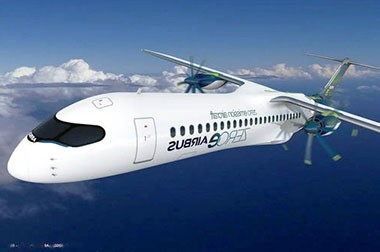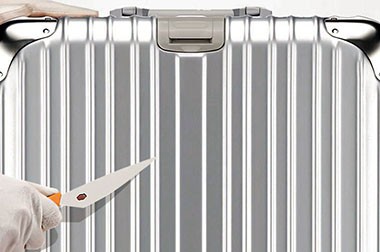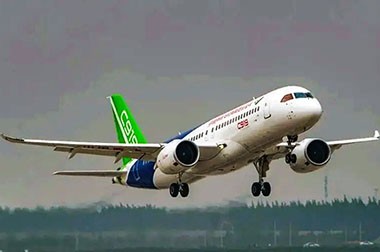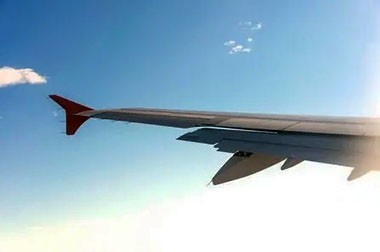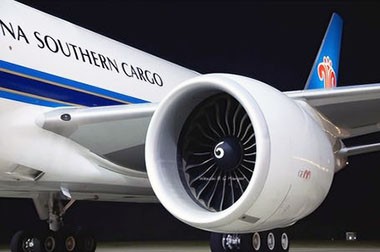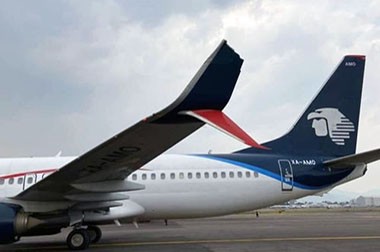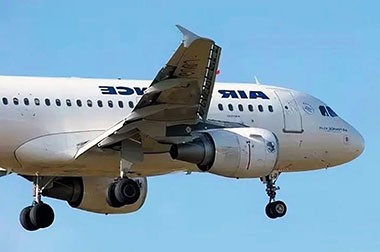2219 and 7050 Aluminum Alloys: Characteristics and Applications in Aviation
The 2219 aluminum alloy and the 7050 aluminum alloy each possess unique characteristics that make them suitable for different aerospace applications. The 2219 aluminum alloy is well-suited for high-temperature environments, while the 7050 aluminum alloy is favored for its high strength and corrosion resistance.
Comparison Table of Aviation 2219 and 7050 Aluminum Alloys
Below is a comparison table of the characteristics and aerospace applications of 2219 aluminum alloy and 7050 aluminum alloy:
| Characteristics/Applications | 2219 Aluminum Alloy | 7050 Aluminum Alloy |
| Strength | High strength, especially performs well at high temperatures | Strength greater than 7050 aluminum alloy, with superior mechanical properties in T7451 condition |
| Corrosion Resistance | Relatively low corrosion resistance, but can be improved through surface treatment | Excellent stress corrosion resistance, suitable for marine and aerospace environments |
| Weldability | Relatively good weldability | Good machinability after heat treatment, easy to form and weld |
| Aerospace Applications | - Rocket fuel tanks and spacecraft structural components - Wing and fuselage structures of special aircraft | - Aircraft fuselage, wing main beams, skin, landing gear, and other load-bearing structural components - Structural design for military aircraft |
- The 2219 aluminum alloy is suitable for high-temperature environments and specialized aerospace applications.
- The 7050 aluminum alloy excels in load-bearing structures, particularly in military aviation.
Both 2219 and 7050 play important roles, and the appropriate alloy should be chosen based on specific needs.
2219 Aviation Aluminum Alloy
Characteristics of 2219 Alloy
- Alloy Composition: The 2219 aluminum alloy mainly consists of aluminum, copper, manganese, magnesium, and other elements, with a high copper content.
- Strength: This alloy has good high-temperature strength and fatigue resistance, making it suitable for use in high-temperature environments.
- Corrosion Resistance: The corrosion resistance of 2219 aluminum alloy is relatively poor, especially in humid and chlorinated environments, and surface treatment is often required to enhance its corrosion resistance.
- Weldability: The welding performance is average; welding may reduce the strength of the alloy, so caution is needed during welding.
- Machinability: The 2219 aluminum alloy is easy to machine and suitable for both hot and cold processing.
Applications of 2219 Aviation Aluminum Alloy
The 2219 aluminum alloy is commonly used to manufacture structural components of aircraft, such as:
- Aircraft fuselage and wing frames
- Fuel tanks
- High-temperature components, such as engine parts
- Due to its good high-temperature performance, the 2219 aluminum alloy is particularly suitable for applications that require resistance to high temperatures and high strength.
7050 Aviation Aluminum Alloy
Characteristics of 7050 Aviation Aluminum Alloy
- Alloy Composition: The 7050 aluminum alloy mainly consists of aluminum, zinc, magnesium, and copper, with a high zinc content.
- Strength: The 7050 aluminum alloy has extremely high strength and good fatigue resistance, especially exhibiting superior performance in thicker sections.
- Corrosion Resistance: This alloy has relatively good corrosion resistance, particularly after appropriate heat treatment and surface treatment, maintaining stable performance in various environments.
- Weldability: The weldability of the 7050 aluminum alloy is poor; cracks may occur after welding, so mechanical connections or other joining methods are typically considered in design.
- Machinability: The 7050 aluminum alloy has good machinability, capable of achieving the desired mechanical properties through heat treatment and cold processing.
Applications of 7050 Aviation Aluminum Alloy
The 7050 aluminum alloy is widely used in the aerospace field, mainly for manufacturing:
- Aircraft wings and fuselage structures
- High-strength load-bearing components
- Structural components of fighter jets and transport aircraft




